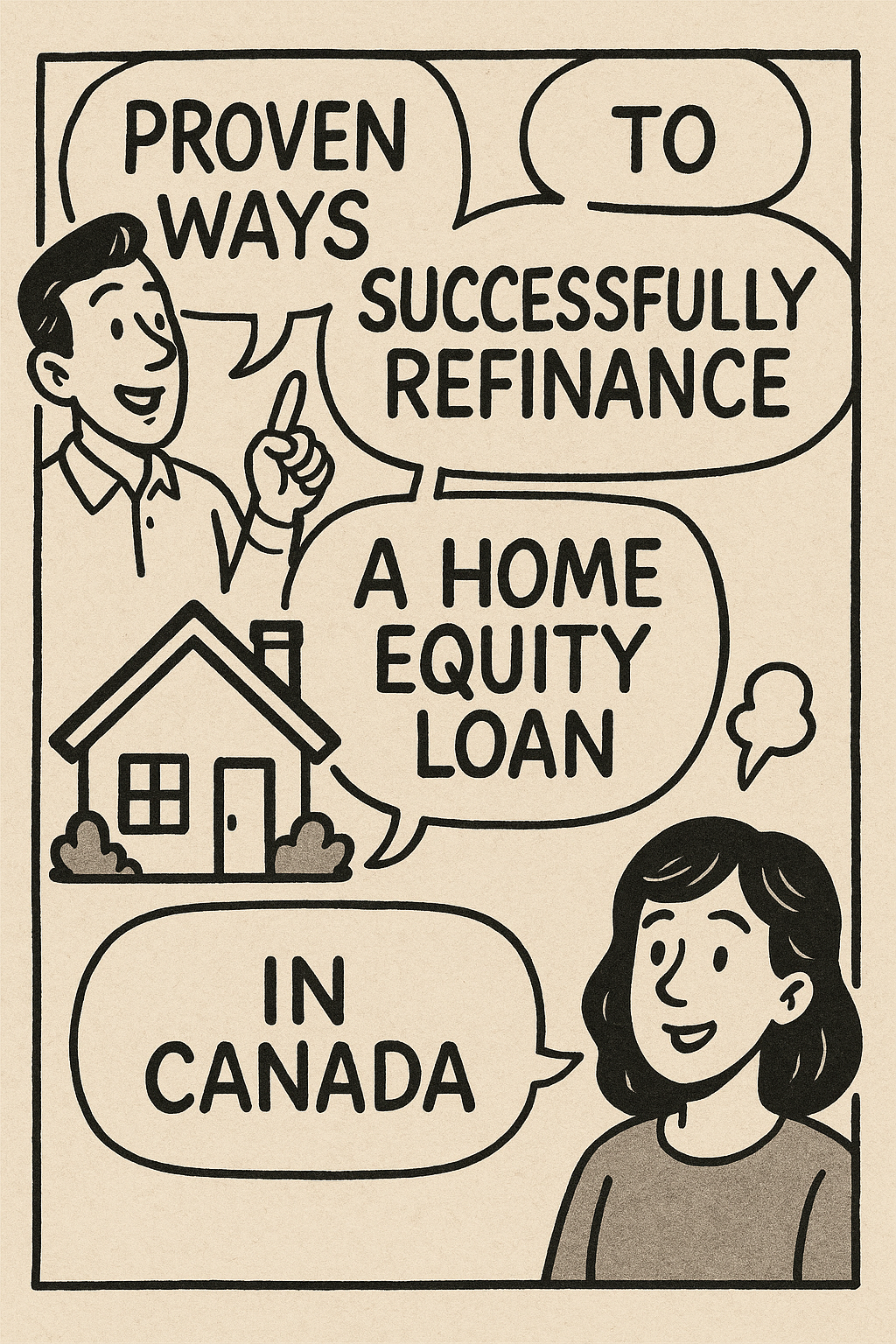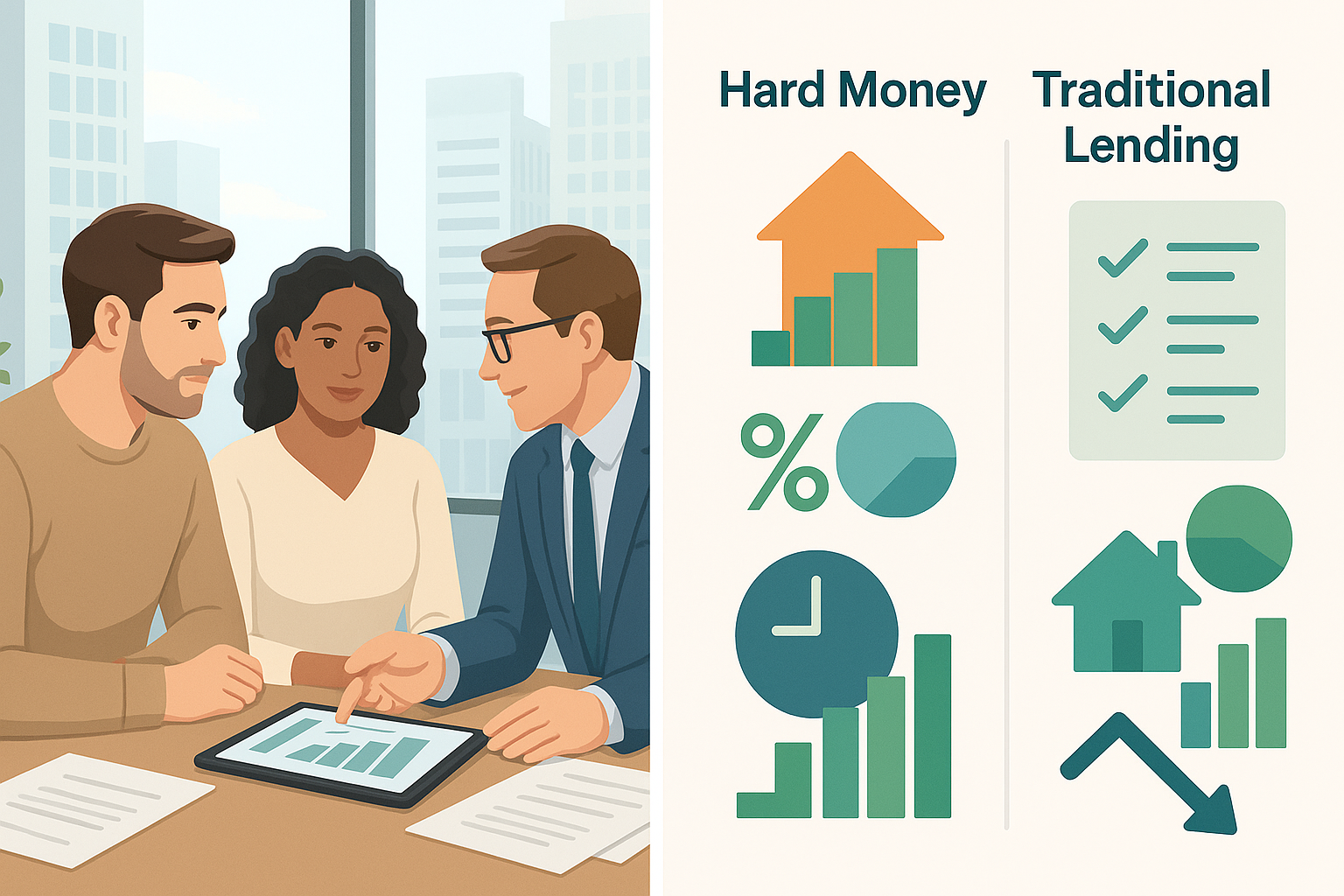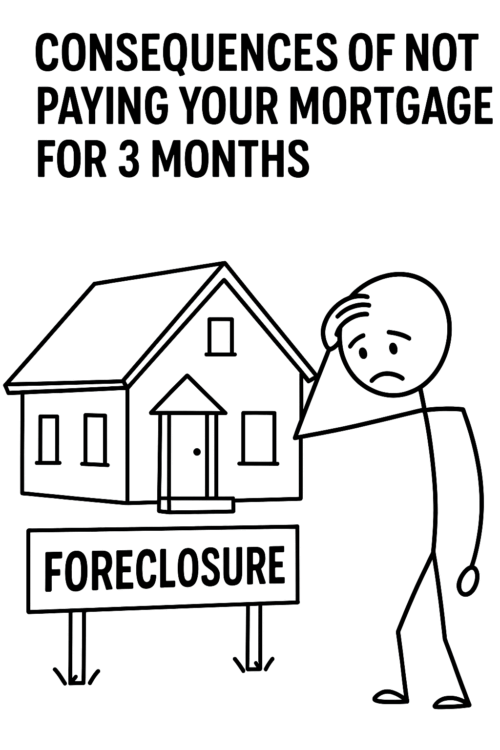Table of Contents
ToggleCan you refinance a home equity loan in Canada?
Yes, Canadian homeowners can refinance an existing home equity loan (or HELOC) by replacing it with a new mortgage, restructuring with the current lender, or moving to a different lender for better terms. The right path depends on your equity, credit profile, income, and whether you hold the home equity product as a second mortgage or as part of a combined mortgage/HELOC with your current lender.
Below, you’ll find exactly how refinancing works, who qualifies, what it costs, and 7 proven strategies to help you save money and improve cash flow—without hurting your long-term plans.
What counts as a “home equity loan”?
In Canada, people often use “home equity loan” to mean one of two things:
-
Fixed-term home equity loan (second mortgage): A lump sum with a fixed term/rate, registered behind your first mortgage.
-
HELOC (Home Equity Line of Credit): A revolving credit line secured by your home; interest-only payments; usually registered as a collateral charge and often paired with your first mortgage.
Both can be refinanced either rolled into a single new mortgage or restructured to lower rates, extend amortization, and/or access additional funds (up to federally set loan-to-value limits).
Basic qualification checklist
-
Home equity (LTV): Traditional refinances allow up to 80% of your home’s appraised value for the combined total of all mortgages/HELOCs.
-
Income & debt ratios: Lenders evaluate gross debt service (GDS) and total debt service (TDS). Strong, stable income gives you more options.
-
Credit score & history: Higher scores unlock the best “A-lender” rates. “B-lenders” and private options exist if your credit or income is non-traditional.
-
Stress-test rules: Uninsured borrowers must qualify under the federal minimum qualifying rate (MQR) or contract rate plus a buffer—whichever is higher.
-
Property & location: Appraised value, marketability, and property type all matter.
What does it cost to refinance?
Budget for the following (exact amounts vary by lender and province):
-
Prepayment penalty: If breaking a fixed term, penalties can be the greater of 3 months’ interest or an interest rate differential (IRD). Variables usually face ~3 months’ interest.
-
Legal/registration & discharge fees: To register a new mortgage and discharge the old one(s).
-
Appraisal & title insurance: Common for switches or refinances.
-
Broker/lender fees (if applicable): More common with alternative or private lenders.
A qualified broker will model the net benefit after all costs to ensure refinancing truly saves you money or solves a cash-flow need.
7 proven ways to refinance a home equity loan in Canada
-
Roll your HELOC/second mortgage into one new first mortgage
If you have sufficient equity, consolidating everything into a single first mortgage can reduce your blended rate and simplify payments. Extending amortization (e.g., from 20 to 25–30 years where available) may lower monthly payments helpful during cash-flow crunches. -
Switch to an A-lender when eligible
If your current home equity loan sits with an alternative or private lender, plan a “step-up” strategy. Improve credit, document income, and reduce revolving balances; then refinance to an A-lender for materially lower rates once you qualify. A good broker will give you a 3–12 month action plan (paydown targets, score goals, document prep). -
Blend-and-extend with your existing lender
If you’re mid-term on a fixed mortgage paired with a HELOC, ask about a blend-and-extend option. You may avoid larger penalties by blending your existing rate with a new one and extending the term. It’s not always the cheapest path—compare it to a full refinance before committing. -
Convert interest-only HELOC use into a fixed-rate, amortizing mortgage
If rising rates have made your interest-only HELOC payments painful, consider converting a portion of that balance into a fixed-rate, amortizing segment. This adds principal repayment discipline and sets predictable payments, which can accelerate debt reduction and protect cash flow. -
Targeted debt consolidation for score rebuilding
Carrying credit cards/loans at double-digit rates? Refinancing your home equity loan to consolidate high-interest balances can lower your utilization and potentially improve your credit score over time. Better scores = better refinancing terms at your next step. -
Short-term alternative refinance with a clear exit
If you don’t quite fit A-lender guidelines (e.g., self-employed with recent income changes or bruised credit), a 12–24 month alternative refinance can be a bridge. Lock a plan to:
-
Build a verifiable income history
-
Lower revolving balances
-
Establish on-time payments
Then exit to an A-lender for long-term savings.
-
Leverage a new appraisal in rising-value markets
If your area’s values have improved, a fresh appraisal can increase your maximum allowable refinance amount (within the 80% cap), creating room to pay off costlier debts or to restructure your HELOC. The added equity may improve pricing tiers with some lenders.
Step-by-step: how the refinance process works
-
Goal setting & numbers: Define whether you want lower payments, faster payoff, extra funds, or lender migration.
-
Document check: Recent pay stubs/T4s or NOAs, business financials (if self-employed), mortgage statements, property tax bill, HELOC/second mortgage details, and ID.
-
Pre-qualification & options: Your broker runs scenarios (keep, blend, switch, or full refinance), including penalty and fee comparisons.
-
Appraisal ordered (as needed): Confirms current market value.
-
Approval & legal: Once approved, you’ll review the disclosure package; a solicitor or closing service registers the new charge(s) and discharges the old ones.
-
Funding & payouts: New lender funds; old lender(s) get paid out; any remaining net proceeds go to you.
-
Post-close check-in: Confirm payments are set up. If you used a short-term plan, diarize the exit date to A-lender pricing.
Pros and cons of refinancing a home equity loan
Pros
-
Potentially lower interest costs vs. keeping a high-rate second/HELOC balance
-
Simplified payments by consolidating into one mortgage
-
Ability to extend amortization to improve monthly cash flow
-
A path to upgrade lenders as your profile improves
Cons
-
Penalties and fees can offset savings if timed poorly
-
Extending amortization can increase total interest over the life of the loan
-
Qualification rules and stress-testing can limit maximum approval
-
Collateral charge setups may complicate switching without legal steps
Smart timing tips
-
Rate cycle: Consider where fixed rates (bond yields) and variable expectations are trending.
-
Penalty window: Approaching maturity? You may reduce or avoid penalties by aligning the refinance with renewal timing.
-
Credit staging: Give yourself 60–120 days to clean up utilization and payment histories before applying.
FAQs
Can I refinance if my home equity loan is a second mortgage?
Yes. If combined balances fit within 80% of appraised value, you can often roll the second into a new first mortgage or restructure with your existing lender for better terms.
Is refinancing a HELOC different from refinancing a fixed home equity loan?
Slightly. HELOCs are revolving and often interest-only; you may convert some or all of the balance to a fixed, amortizing portion or refinance into a new mortgage with a new lender.
Will I always save money by refinancing?
Not always. A proper analysis must weigh penalties, legal, appraisal, and title insurance against the interest and payment savings. Ask your broker for a written net-benefit comparison.
What if my credit isn’t perfect?
Alternative and private options exist as short-term bridges. With a clear exit plan (credit rebuild + income documentation), you can often graduate back to A-level rates.
Can I access more cash when I refinance?
Potentially—subject to the 80% LTV cap and qualification. A fresh appraisal may increase available equity if values have risen.
Final word
Refinancing a home equity loan in Canada is absolutely possible—and, with the right strategy, it can be a powerful way to cut interest costs, simplify payments, and unlock a path back to the best “A-lender” pricing. The key is to compare a blend-and-extend vs. a full refinance vs. a lender switch, model all costs, and time your move for maximum net benefit.
If you’d like, I can run a quick scenario with your current balance(s), rate(s), remaining term(s), property value, and credit score range to show your break-even point and projected savings.
Need Mortgage Advice?
Speak with one of our mortgage professionals today to plan an exit strategy that works for you.
- The Critical Consequences of Not Paying Your Mortgage for 3 Months - November 21, 2025
- The Critical Differences Between a HELOC and a Home Equity Loan Every Canadian Homeowner Must Know - November 19, 2025
- How to Get a Personal Loan Secured by Home in Canada in 2025 - November 17, 2025






